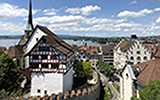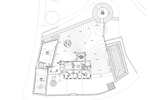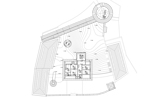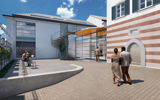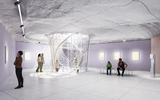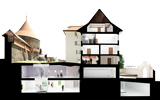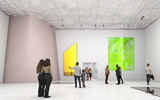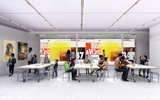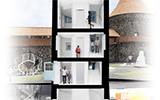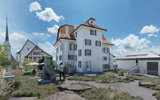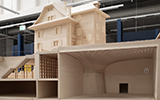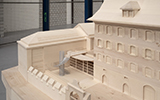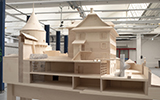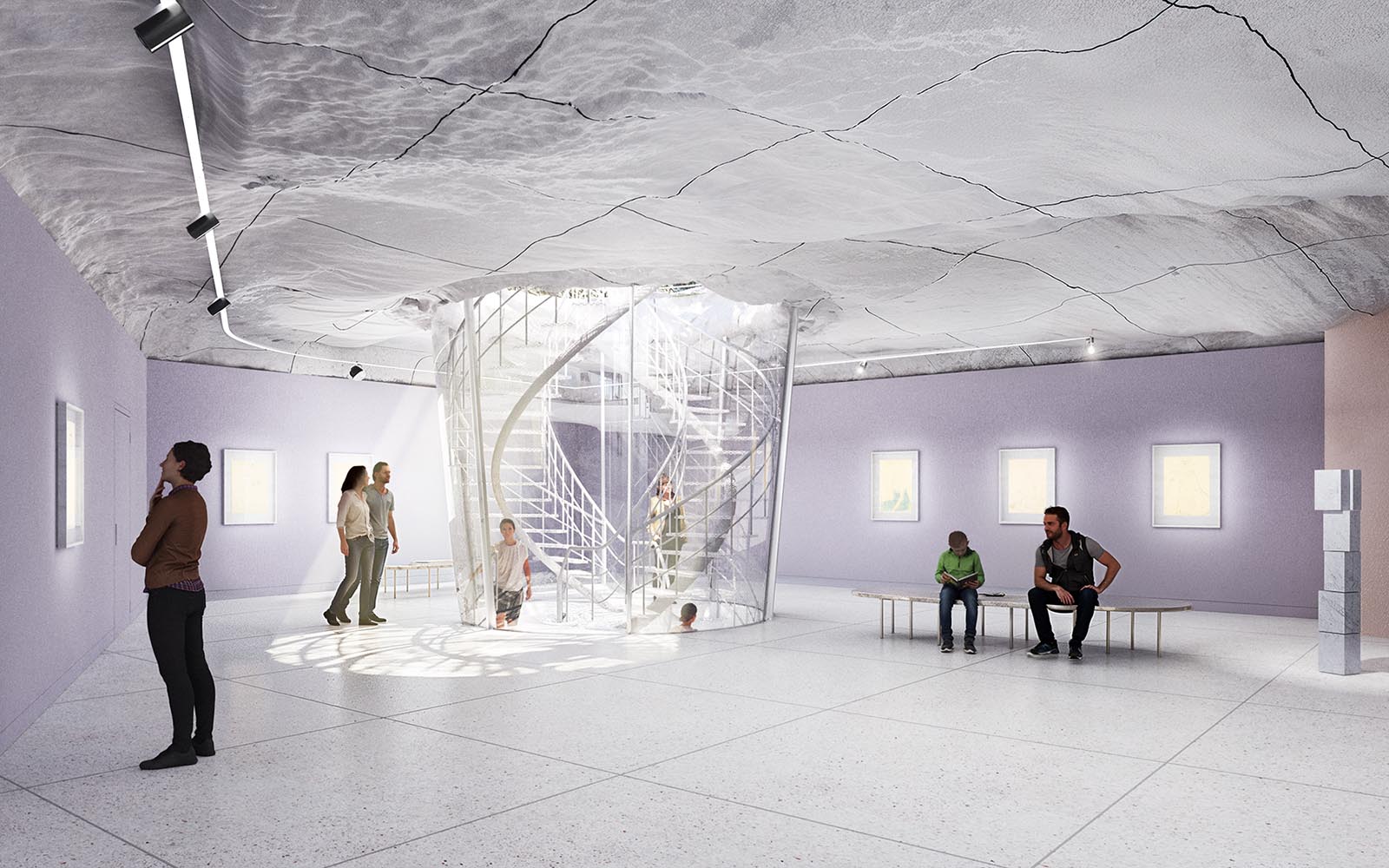
Kunsthaus Zug
Zug, Switzerland 2018–
Olafur Eliasson and Kunsthaus Zug began their collaboration in 2004, as part of Projekt Sammlung, the collection model conceived by the Kunsthaus Zug to promote long-term artistic collaborations. The body as brain was an exhibition series that turned the museum into a laboratory for exploring the artist's own perception. This resulted in the works The body as brain (2003–04), The body as brain – Water tower concert (2005–06), The body as brain – Lava floor (2007–08) and The moving museum (2009), all of which dealt with possible transformations of the building. Intended to stimulate conversations about the requirements of a contemporary cultural institution, they supported Eliasson's thesis: "A museum collection is not the mere sum of objects, but a forum, a platform for dialogue."
Studio Other Spaces is now working on the actual transformation of the Kunsthaus. The architectural transformation expands on the design by architect Franz Füeg, who remodelled the 16th century building in 1990 and turned the Kunsthaus into what it is today. "The Kunsthaus Zug I built is a temporary solution. It has to go on," said Franz Füeg in 2019 about Studio Other Spaces' expansion plans, which restructure and expand the existing interplay of baroque villa, manor house, wings and park. A large exhibition space in which contemporary exhibitions can be organised will offer new spatial possibilities. In the future, it will be possible to show the Kunsthaus's collections and temporary exhibitions at the same time.
The various activities of the Kunsthaus and the layers of architectural history – the city wall, the manor house, the Huwilerturm, the Daheimpark, the extension buildings and planned extensions – are spatially defined and form a new ensemble.
SOS's concept also includes rethinking the museum's digital representation: the Kunsthaus's website has been redesigned based on the architectural-artistic concept for the building. The many areas in which the museum is active, such as research, exchanges with other museums, extensive art education programmes, the museum's network, and its position as a social anchor in the city of Zug play an important role for the design of the new website and are then transferred to the spatial design of the extension.
The process that began with Olafur Eliasson's exhibitions 20 years ago now continues in numerous dialogues between SOS and the museum team, engineers and conservationists.
Client: Kunsthaus Zug
Location: Zug, Switzerland
Date: 2018–
